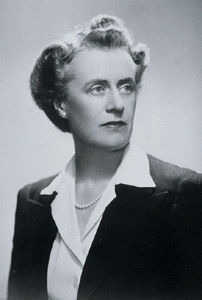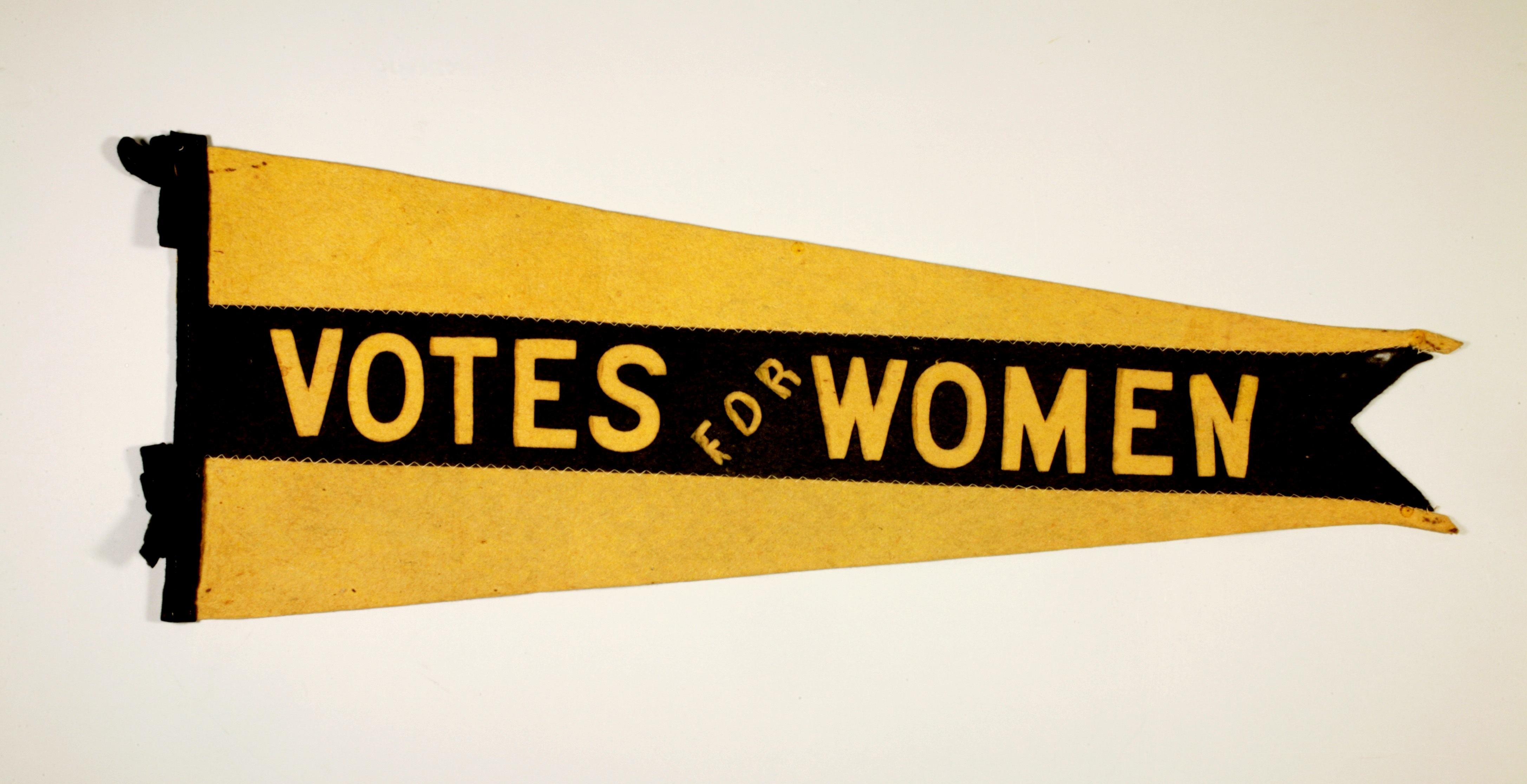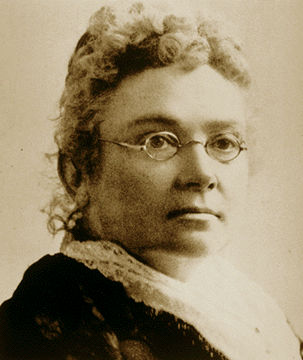Women’s suffrage means the right of women to vote in elections. Before Canada became a country in 1867, very few women had the right to vote. After 1867, no women had the right to vote. Only male property owners over the age of 21 had the right to vote. Women were not allowed to vote because most men believed that women should take care of the home and children. They should not get involved in politics. Politics was the realm of men. Another reason why most men did not think women should vote was that women were considered too emotional and could not serve in the military.
(This article is a plain-language summary of Women’s Suffrage in Canada. If you are interested in reading about this topic in more depth, please see our full-length entry, Women’s Suffrage in Canada.)

The Women’s Suffrage Movement
In the last few decades of the 19th century, some women began to fight for the right to vote. Many of these women were members of the Woman’s Christian Temperance Union. They were against the selling and drinking of alcohol. The women in the suffrage movement faced much opposition. They did not win any major victories. Most men seriously disagreed with them.
One of the most important leaders of the women’s suffrage movement in Canada in the early 20th century was Nellie McClung. She was born in Ontario and raised in Manitoba. The suffrage movement was very strong in Western Canada. McClung and her allies created Manitoba’s Political Equality League in 1912 to fight for the right to vote. They won their first major victories in Manitoba and the other two Prairies provinces. Many women gained the right to vote in Manitoba, Saskatchewan, and Alberta in 1916. One year later, many women won the right to vote in British Columbia and Ontario. The Women’s Christian Temperance Union played an important role in these victories.
Federal Enfranchisement
In 1917, women who were serving in the military or who had a male relative in the military earned the right to vote. Prime Minister Robert Borden gave them the franchise because he hoped they would vote for his party in federal elections. He needed their help. He hoped to enforce conscription — a military draft — after he got elected. The liberal party opposed him. But Borden won the election. Many women voted for him. They wanted conscription, too. They thought it would help Canada win the war. In 1918, most Canadian women were given the right to vote in federal elections.
Enfranchisement in the Other Provinces
Many women were granted the right to vote in most other provinces a few years after the First World War ended. Quebec was the last province to give women the right to vote. The Catholic Church was very strong in Quebec and it opposed enfranchising women. A key leader of the suffragist movement in Quebec was Idola Saint-Jean. She was a leader of the Canadian Alliance for Women’s Vote in Quebec. Another important suffragist in Quebec was Thérèse Casgrain. She was a leader in the League for Women’s Rights. Thanks to them and the other suffragists in Quebec, women earned the right to vote in Quebec elections in 1940.
Discrimination
Asian Canadians in British Columbia were not allowed to vote in federal or provincial elections until 1948. Chinese Canadians in Saskatchewan were not allowed to vote in federal or provincial elections until 1948, too. The Inuit got the right to vote in 1950. All Indigenous peoples got the right to vote in 1960.
Legacy
The status of women improved greatly because of their right to vote. Politicians have had to take women’s issues seriously to get re-elected.
See also Women’s Suffrage Timeline; Women’s Suffrage Education Guide and Worksheets; Women’s Movements in Canada; Status of Women.

 Share on Facebook
Share on Facebook Share on X
Share on X Share by Email
Share by Email Share on Google Classroom
Share on Google Classroom








